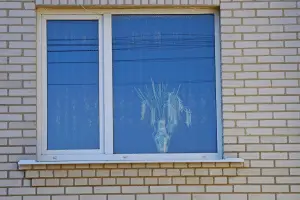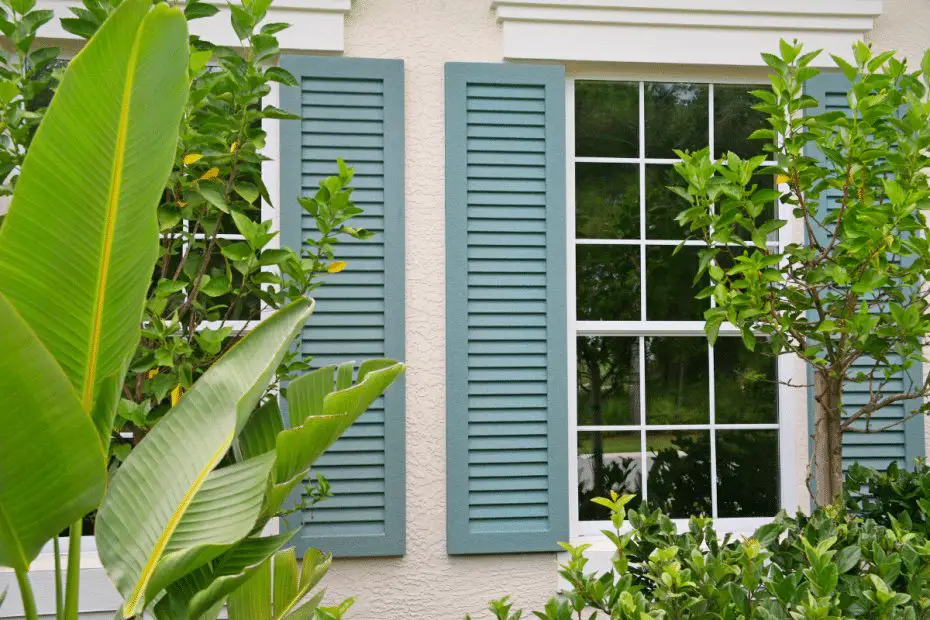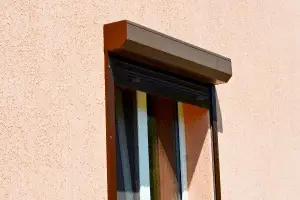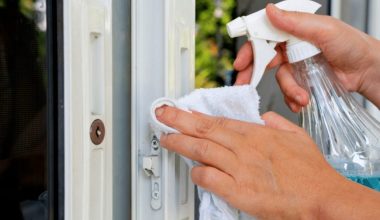Posted on Dec 12, 2023 at 10:03 am by James T
In our homes, about 15% of heat is lost through windows. To save energy and improve thermal comfort, a simple solution is to install insulated shutters. This guide presents the different materials and types of shutters available on the market, as well as the criteria for choosing for effective insulation.
Table of Contents
The different materials for shutters
Just like windows, the three main materials used for shutters are PVC (polyvinyl chloride), wood, and aluminum. Each has its advantages and disadvantages:
1. Wood shutters
- Advantages: Aesthetic and provide excellent insulation, they create a warm atmosphere in the house.
- Disadvantages: Require regular maintenance (sanding or varnishing) as wood is sensitive to weather and insects.
2. PVC shutters
- Advantages: Good value for money, easy to install and handle, require little maintenance, and have good thermal performance.
- Disadvantages: Less durable than wood shutters in the long term.
3. Aluminum shutters
- Advantages: Sturdy, lightweight, and require little maintenance, they are suitable for large window openings.
- Disadvantages: Conduct heat and may produce noise during storms.
The different types of shutters
Depending on your needs and the aesthetics of your home, various configurations of shutters can be considered:
1. Hinged shutters
These are the most common shutters, with two panels that open and close on hinges attached to the wall. They provide good insulation and a traditional look to your facade.
In addition to their traditional look and good insulation, there are also other ways to protect your windows from the cold. For example, you can easily and effectively insulate your windows with the application of a cold-resistant film.
2. Folding shutters (or accordion shutters)
They slide on a rail near the windows and fold along the wall when you open them. Convenient for large glass spaces and balconies.
3. Roller shutters
Consisting of a slat that rolls up around an axis placed above the window, they provide excellent thermal insulation. They are also difficult to force from the outside, which enhances their security.
4. Sliding shutters
They are made up of panels that fold into the wall when opened and slide to cover the window. Their installation may require significant work on old buildings.

Choosing insulated shutters based on their thermal resistance
Thermal resistance, denoted as R and measured in m²·K/W (square meters kelvin per watt), represents the ability of an insulator to resist temperature variations, whether it be cold or heat. The higher this value, the better the insulation:
- Aluminum shutters: R=0.15 m²·K/W
- PVC shutters: R=0.22 m²·K/W
- Aluminum shutters with low emissivity blades: R=0.25 m²·K/W
Therefore, it is important to choose shutters whose thermal resistance corresponds to your insulation needs to avoid excessive energy consumption and discomfort during periods of extreme cold or heat.
To benefit from effective insulation and energy savings, it is essential to choose your shutters based on their material, type, and thermal resistance. Do not hesitate to consult a professional to determine the most suitable type of insulated shutters for your home and needs.










